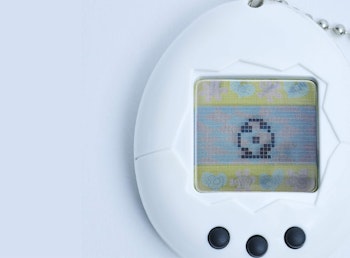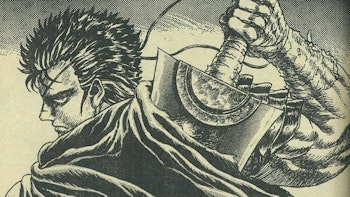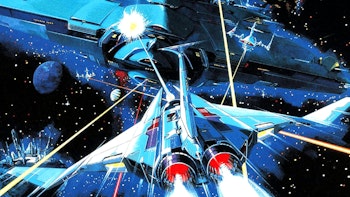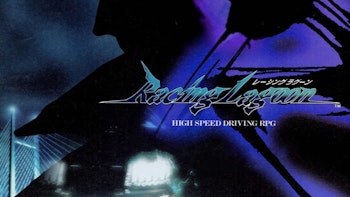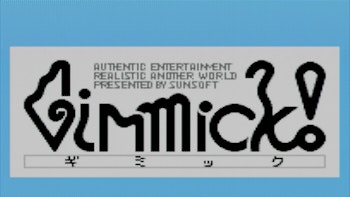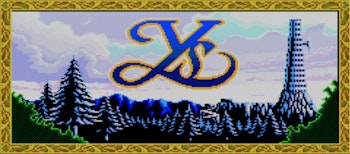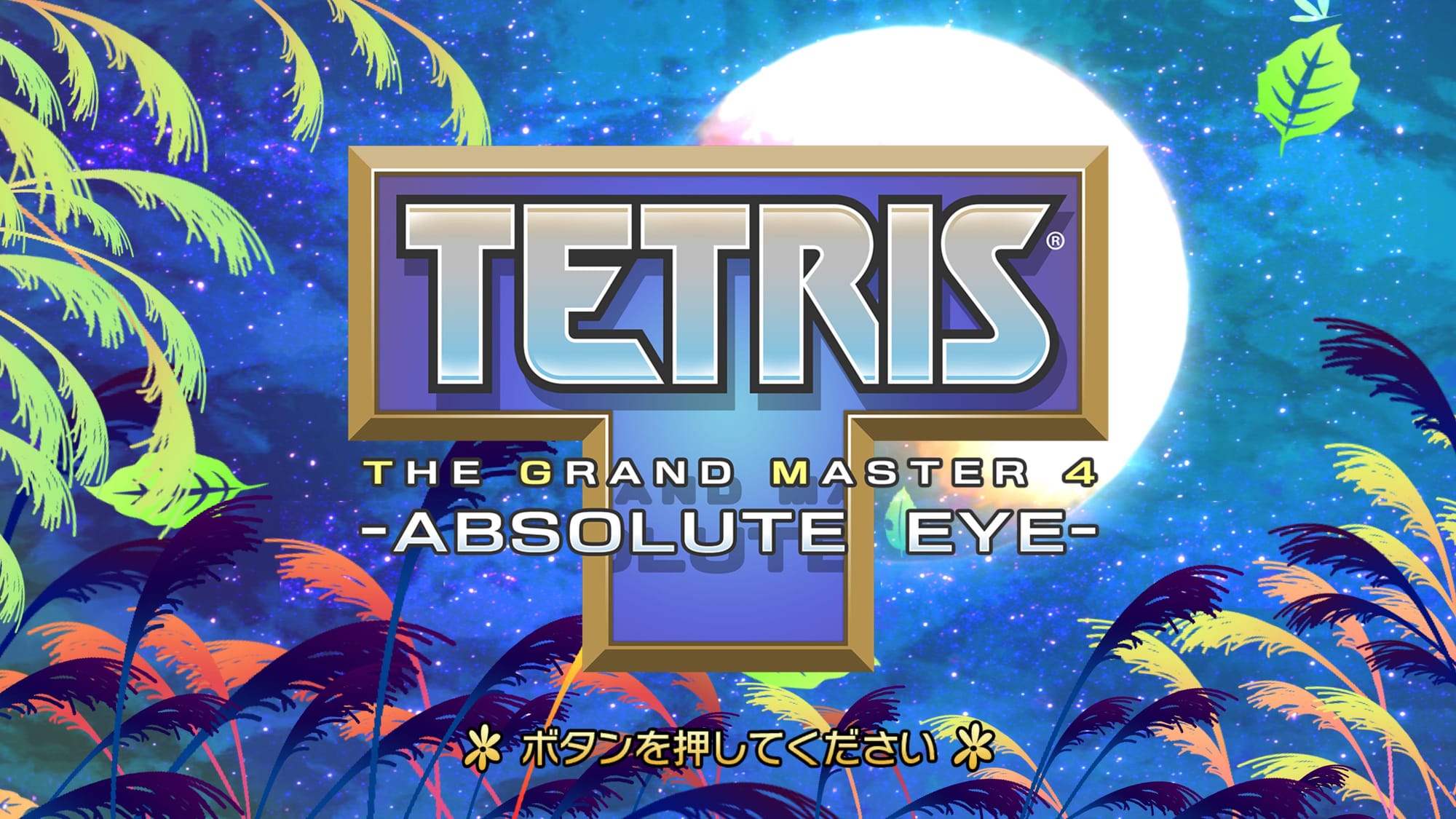
The malleability of Tetris is perhaps its greatest enduring characteristic. It can become a battle royale with Tetris 99, it can become a dreamlike odyssey with Tetris Effect, it can merge seamlessly with other drop puzzlers inspired by its initial breakout success like Puyo Puyo Tetris. Or it can become a brutal test of skill for only the best players.
Tetris The Grand Master, created by former Capcom developers at Arika for Japanese arcades, has earned a reputation over the years as the most challenging version of Tetris ever developed. First released in 1998, this was a domestic-only phenomenon that lit up game centers nationwide, with players desperately challenging one another not just for high scores, but to see if they could even succeed at clearing its hardest difficulties.

Tetris might initially feel like a game that simply wouldn’t succeed in arcades. Even before the modern era of Japanese arcades dominated by rhythm games with unwieldy control schemes and massively-online titles like Mobile Suit Gundam Arsenal Base which would be enhanced by physical trading cards, the appeal of the arcade is to play games that you simply can’t experience at home. In the 1990s racing titles and fighting games dominated these spaces because they would be the definitive version of these titles, with graphics and control schemes impossible to replicate on more primitive home consoles. Tetris could run on a Game Boy, so why would you pay money to play it in arcade?
What differentiated the title from its many console and handheld counterparts, and attracted people to this title even with all the alternative versions available, was its challenging gameplay, satisfying mechanics, and the way in which its difficulty scaled rapidly as you rose through the levels. All games since the very earliest titles in the series would be a challenge for many at their fastest speed, but Arika's arcade hit was the first in the franchise to introduce instant drops of blocks at its highest difficulty, giving players almost no time to react before a piece was locked in place. Forget reacting to the next piece, if you didn’t plan your moves five or 10 blocks in advance and kept an even stack, it would be over before you even realized it.
Believe it or not, Tetris The Grand Master wasn’t even the first example of a Japan-exclusive arcade Tetris title. The game was inspired by SEGA's version of Tetris for arcades in the late 1980s, a title that introduced a number of later-standard mechanics to the core gameplay such as the ability to move tetriminos after they had finished falling on top of the stack of blocks before locking into place. This massively improved the experience particularly for top players and opened up new strategies for clearing lines. Coupled with the easier-to-grasp larger buttons and controls present on an arcade cabinet, it was a version of Tetris you couldn’t play at home.
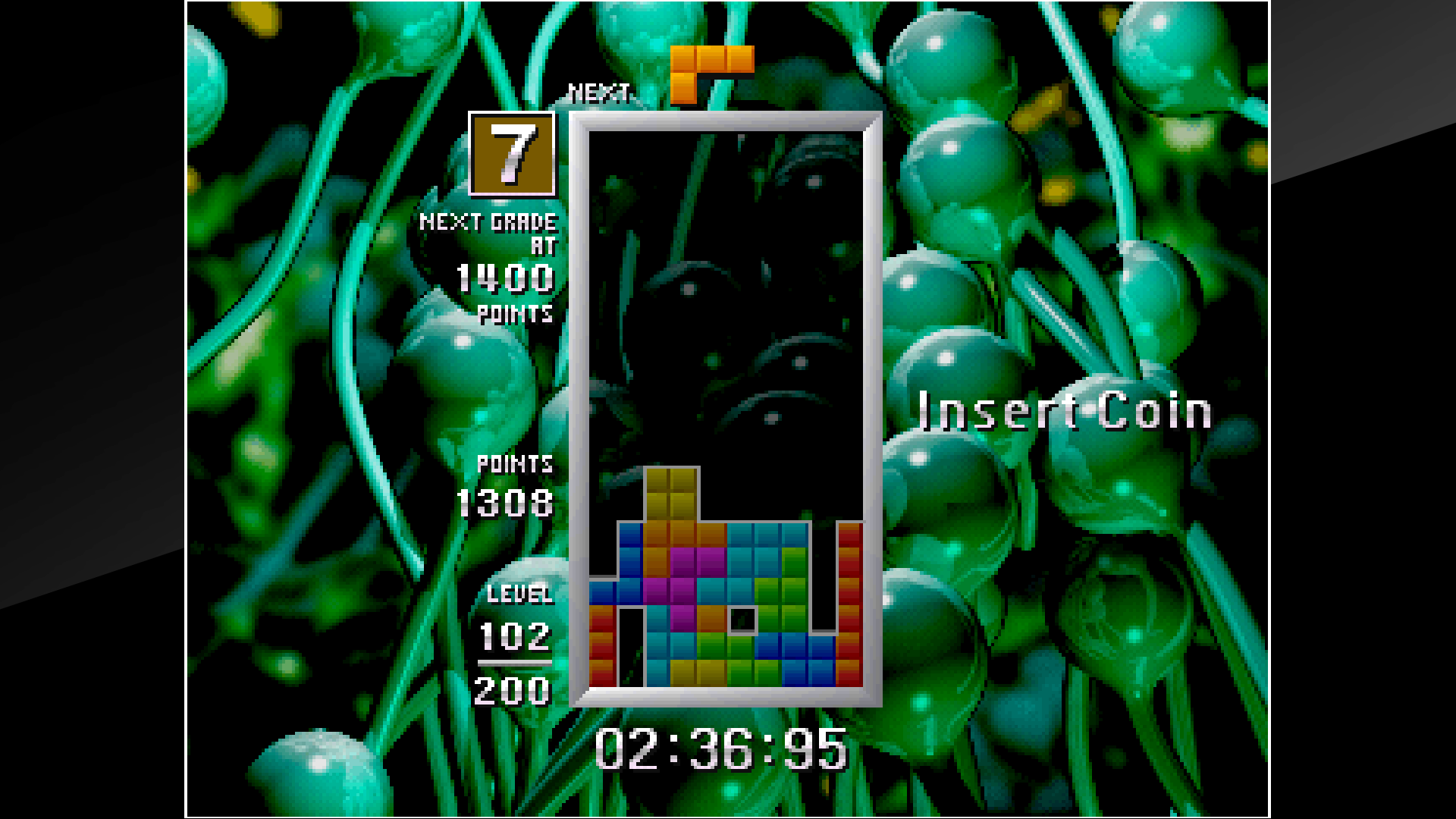
Tetris The Grand Master sought to appeal by similarly offering an ‘only in arcades’ gameplay loop that catered to the high skill level of players who dedicated themselves to these arcade renditions of the puzzler. Many of them could already reach the maximum score of 999,999 from SEGA's Tetris or clear console titles, and were looking for something new. Yet Grand Master brought more than just grueling challenge: the game introduced the ghosting mechanic that would show where a piece would land as it was still falling, alongside invisible Tetris, a challenge beyond instant drops where the blocks would disappear, forcing players to rely purely on memorization.
Then there was the elusive Grand Master rank itself. If you could clear the game and a level of invisible Tetris, your score and line clears would determine if the game would award you the rank of Grand Master and stand amongst the best players in the world. Few would attain this title. Alongside the classic challenge to the top, the series offered Big Mode featuring large tetriminos, a versus mode, various hidden modes and more. But that wasn't why you played this version of Tetris. You were here for the single-minded pursuit of pain and glory.
Sequels to the arcade title would be released throughout the 2000s until it begun to fall out of favor, alongside a console-exclusive Xbox 360 launch title. While the legacy of Arika's titles has only grown at home and around the world through videos shared online including exhibitions at events like Games Done Quick, most notable it was the adoption of many of the mechanical ideas it pioneered in future Tetris titles ensured this Japan-only phenomenon would redefine how many would go on to play Tetris today.
Arika have developed non-Tetris games and would even work on non-Grand Master titles including Tetris 99, but it was Grand Master’s brutal difficulty and mechanical choices that differentiated it from other titles that allowed its legacy to endure long after the game faded from arcades. Of course, as it became harder to walk into your typical game center and find a working cabinet, this beloved legacy became a burden to those who wished to play it. For decades, the games would remain an elusive arcade exclusive.
Eventually, in late 2022, the series made its official grand return on consoles with Arcade Archives rereleases of the first two arcade titles on Nintendo Switch and Playstation 4. This was the first time these games had been available outside of original hardware. The success of these ports allowed Arika to finally release the first sequel in this classic series in over 15 years.
Tetris The Grand Master 4's launch on Steam earlier this month was a long time coming. It was first announced as a different subtitle, The Masters of Round, in 2009 as a new title in the series before being abruptly canceled in 2010, then location tested in Japanese arcades in 2015 without subsequent release. In late 2024, a new license was signed with The Tetris Company to allow for the title, now with the subtitle Absolute Eye, to be released after many years of limbo.
The fact Absolute Eye was even released on Steam after all these years of waiting is a testament to the love and legacy for this tenacious team of ex-Capcom developers who sought to built the ultimate Tetris challenge. Still, to see a title whose existence can be credited to arcade interpretations of Tetris stretching back to the 1980s skip game centers for an immediate home release is somewhat bittersweet. It's no doubt the correct decision, but it just shows how times can change. The after school haunts of generations began their decline over 10 years ago at this point, but particularly post-COVID there's no appetite for anything but the most social or cumbersome experiences to justify life in arcades.
It’s wonderful to know that, even without arcades, the series can persevere on new hardware and on PC, with classic entries given new life on Nintendo Switch. There's nothing quite like it, and their renewed availability gives a new generation the chance to experience this gauntlet for themselves. While I love a challenge and find Tetris The Grand Master a satisfying take on a classic formula, I’m nowhere near the skill level necessary to become a Grand Master. Few are. If anything, it’s humbling and thrilling merely watching top-level gameplay of The Grand Master, a reminder of just how skilled you must be to rise to the top.
Can you take on the challenge?



